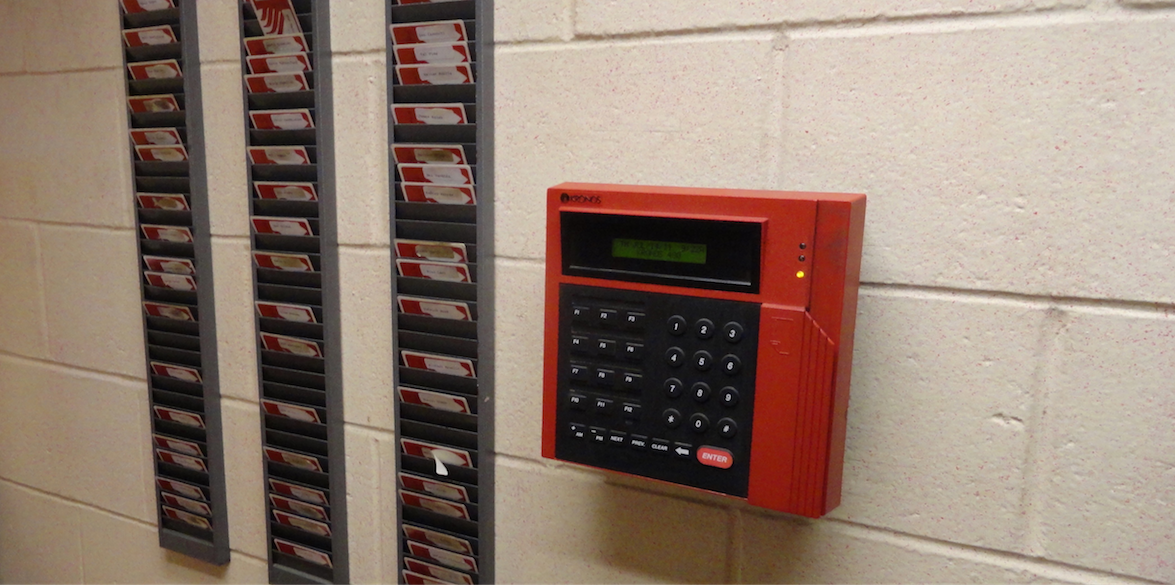Reducing Recidivism through Entrepreneurship
High rates of recidivism in the United States negatively affect prisons, inmates, the government and tax-paying citizens. In 2013, the U.S. imprisoned 2,220,300 people. A Bureau of Justice Statistics study found that within three years of release, 67.8% of released prisoners were rearrested.  Within five years, 76.6% of released prisoners were rearrested.
Within five years, 76.6% of released prisoners were rearrested.
Researchers typically link recidivism to unemployment, low levels of education, mental health problems, inability to re-integrate into society after prison, impulsiveness, association with other criminals, family instability and as well as other factors.
High levels of recidivism costs states millions of dollars; A Pew Charitable Trusts study estimated that if 41 states cut their recidivism rates by 10%, they would save $635 million. On top of the monetary costs for the states, recidivism rates have a negative effect on families and communities including family instability and a higher probability that a family will live in poverty. Solving the recidivism issue would not only save the government and taxpayers money, but it would also improve the lives of former inmates and those around them.
Entrepreneurship Potential of Inmates
A variety of entrepreneurs and public service organizations have developed programs to empower prisoners and combat high recidivism rates. Notable social entrepreneurship programs such as the Last Mile and Cafe Momentum provide leadership skills and help reduce recidivism through a variety of methods. The Last Mile, as the McNair Center’s Julia Wang describes, focuses on teaching inmates business and computer skills in California. Cafe Momentum, a functional restaurant in Dallas, gives released youth offenders transferable life skills related to the restaurant industry.
While social entrepreneurship is a start, what about actually teaching entrepreneurship skills to prisoners?
While some might assume that inmates are incapable of holding down a job, let alone establishing their own businesses, the reality is that many people leaving the prison system are potential entrepreneurs. Inmates that took the Miner Sentence Completion Scale-Form T test, an assessment of entrepreneurial aptitude, scored higher than average entrepreneurs, slow-growth entrepreneurs and manager scientists. Additionally, many inmates are in prison due to their participation in illegal forms of entrepreneurship, including drug trafficking and smuggling. In Freakonomics, Steven Levitt remarks that the gang in Sudhir Venkatesh’s study of the drug trade acted as a franchise for the larger Black Disciples organization. Coupled with the willingness to take risks that characterizes many inmates, prisoners could be prime candidates for entrepreneurship.
Prison Entrepreneurship Program
One of the most notable and successful programs is the Prison Entrepreneurship Program (PEP), an innovative rehabilitation program aimed at transforming inmates in Texas. PEP places carefully selected inmates through a four-month business education program. This program teaches them skills valuable in entrepreneurial settings, including financial literacy, an employment workshop, a business etiquette course and a Toastmasters class. Participants take over forty exams and interact with business executives. The final exam involves a thirty-minute business-plan presentation. PEP also provides a prison-release and post-prison components including follow-up and startup mentoring.
PEP’s results demonstrate a fantastic return on investment, especially given the 1,300+ participants. 100% of PEP graduates find jobs within 90 days of release. Nearly 100% of these graduates stay employed after a year. Since 2004, PEP graduates have launched more than 200 businesses. Six of these generate over $1 million in gross annual revenue. Most importantly, PEP graduates have a recidivism rate of less than 7%.
Defy Ventures
Defy Ventures also provides an entrepreneurial education to inmates. This national organization, which mostly operates in New York and California, describes itself as “an entrepreneurship, employment and character development training program for currently and formerly incarcerated men, women and youth.” It puts former inmates, mostly former leaders of drug rings and gangs, through a two-month training program. Defy Ventures graduates of this program are eligible to apply for a 12-month entrepreneurship program in which they compete for startup grants. This program has a 3% recidivism rate and has produced more than 150 startups. Most of these startups are small businesses, such as eco-friendly cleaning services. Defy has distributed over half a million dollars to these startups and small businesses through business-pitch competition awards and micro-loans. Additionally, participants report a 95% employment rate within 7 months of enrolling in Defy.
Inmates to Entrepreneurs
Inmates to Entrepreneurs provides educational seminars on entrepreneurship, online resources and group-based support to help former inmates start low-capital businesses. This program, based in North Carolina, focuses on giving seminars on starting businesses in local prisons to inmates with six or fewer months to serve. Additionally, the organization brings in ex-offender mentors who run successful businesses. A.J. Ware, a member of the Board of Directors for this nonprofit noted in a TEDxRaleigh talk that participating inmates had less than a 3% recidivism rate. Additionally, former inmates had 75% employment rate within 90 days of release. Ware also stated that in 2012, participants started 14 business. Inmates to Entrepreneurs is unique in its ability to provide large-scale learning. Its online resources and seminars are easier to implement in a variety of locations compared to the other two programs.
For the Future
These three programs illustrate the potential of entrepreneurship programs in reducing U.S. recidivism rates. Expansion of these programs could potentially make the same positive impact on prison populations across the nation. However, it is also possible that the small size of these programs is integral to their success.
All of the programs described here carefully select a small group of participants. It may not be possible to target all parts of the prison population. Many of these programs have a competitive application process and low acceptance rate. Researchers could conduct further studies to see the effects of entrepreneurship programs on a large scale without rigorous selection criteria.
It may be impossible to use these programs to help all prisoners, so how many can these programs help? A 2012 Bureau of Justice Statistics statistic table on federal arrests indicates that approximately 20% of inmates could have entrepreneurial potential based on their crime. White-collar crime and drug trafficking offenses all indicate entrepreneurship potential. Targeting these specific offenders with entrepreneurship programs can help reduce recidivism.
Focusing on a small subset of the population still has long-term beneficial effects for inmates and their communities. PEP has a 340% return on every dollar donated due to reduced recidivism and reliance on government assistance. The potential economic benefit of an expansion of these programs could save the government and taxpayers millions of dollars.





 On December 1, 2016, the Labor Department will officially institute new regulations on overtime eligibility for workers. Announced on May 17, the
On December 1, 2016, the Labor Department will officially institute new regulations on overtime eligibility for workers. Announced on May 17, the 
 The doctor-patient relationship is an important aspect of healthcare. Small physician practices, offices with no more than a couple doctors, have been the long-standing foundation of this relationship. Unfortunately, legislative changes disincentivize doctors from being small business owners.
The doctor-patient relationship is an important aspect of healthcare. Small physician practices, offices with no more than a couple doctors, have been the long-standing foundation of this relationship. Unfortunately, legislative changes disincentivize doctors from being small business owners.